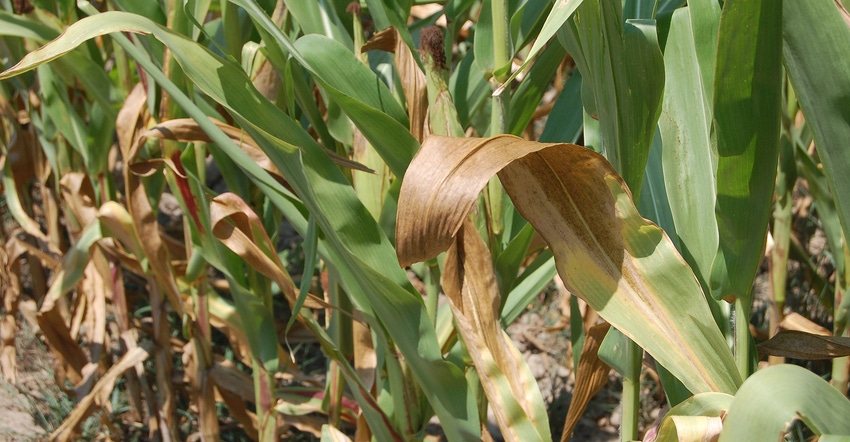February 24, 2020

Dave Nanda and I don’t always see eye to eye on climate change. Nanda, a plant breeder by trade, writes the Corn Illustrated and Breeder’s Journal columns for Indiana Prairie Farmer. Occasionally, he veers off into discussing climate change and global warming.
Initially, I didn’t believe global warming caused climate change. What I can’t deny is that the climate is changing. Facts showing that Indiana is getting wetter and warmer since 1895, and especially since 1960, make that obvious. These facts are based on data prepared by Beth Hall, Indiana state climatologist, and Melissa Widhalm, operations manager for the Purdue University Climate Change Research Center.
Let’s say I’m still not ready to jump on the global warming bandwagon, but I’m jogging just a few feet behind it. I believe farmers who say, “OK, change is happening, so I need to adjust, no matter the cause” have the right idea.
Nanda takes a harder line. The more he reads, the more he believes global warming is real. I still attach a tag to his stories saying it’s his opinion, not necessarily Indiana Prairie Farmer’s, if he gets too far afield for me. But you deserve to read what he thinks.
What’s at stake
Suppose Nanda is right and global warming is real? What could Indiana’s climate look like in the future?
Here are possibilities included in the Indiana Climate Change Impacts Assessment published by Widhalm’s group:
Warmer growing seasons. Look for the average annual temperature to be about 3 degrees F higher sometime this decade versus now — and about 5 degrees warmer by midcentury under a medium emissions model, or more than 6 degrees warmer under a high emissions model. Midcentury is 2041 to 2071.
Frost-free days. The historical average for central Indiana is 175 days. Expect that to balloon to 202 to 208 days by midcentury.
Rainfall trend. Annual precipitation will go up, but rainfall during the growing season won’t change. With higher temperatures, experts expect more crop stress and lower corn yields.
Plant hardiness zones. Plants that can’t overwinter here now may be able to someday. For example, the winter hardiness zone could shift from 5B at South Bend today to 6A in the 2020s and 6B by the 2050s. In Vanderburgh County, it’s 6B today and could soon be 7A.
Rain vs. snow. Historically, 39% of the precipitation in November through March in St. Joseph County is snow. By 2050, that might only be 22% to 25%. In Marion County, it’s 22% now, and it might drop to 10% to 11%.
Continue conversations
Both people who agree and disagree with Nanda contact him. Just a few years ago, there seemed to be no middle ground — either you adamantly believed in global warming, or you thought it was a hoax. Nanda believes there is a middle ground today.
He and I agree on that point. Faced with facts, people are taking a more logical look at the question. Nanda believes it would be healthy to open a dialogue with readers and get your thoughts on climate change. He’s even suggested I create a column about climate change.
I’m not convinced, but I’m looking for opinions. If you think such a column would be useful, take time to let either myself or Nanda know. You can reach me at [email protected] or 317-431-8766. Contact Nanda at [email protected] or 317-910-9876.
You May Also Like




